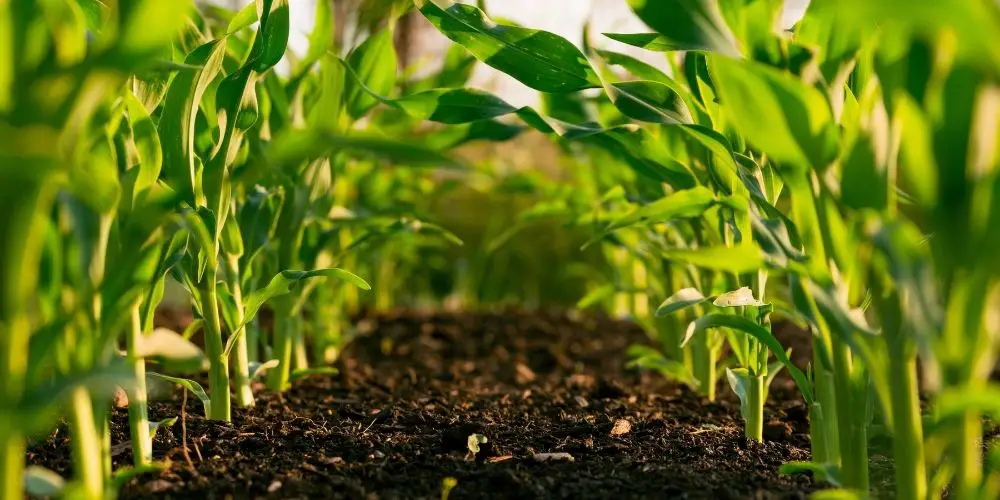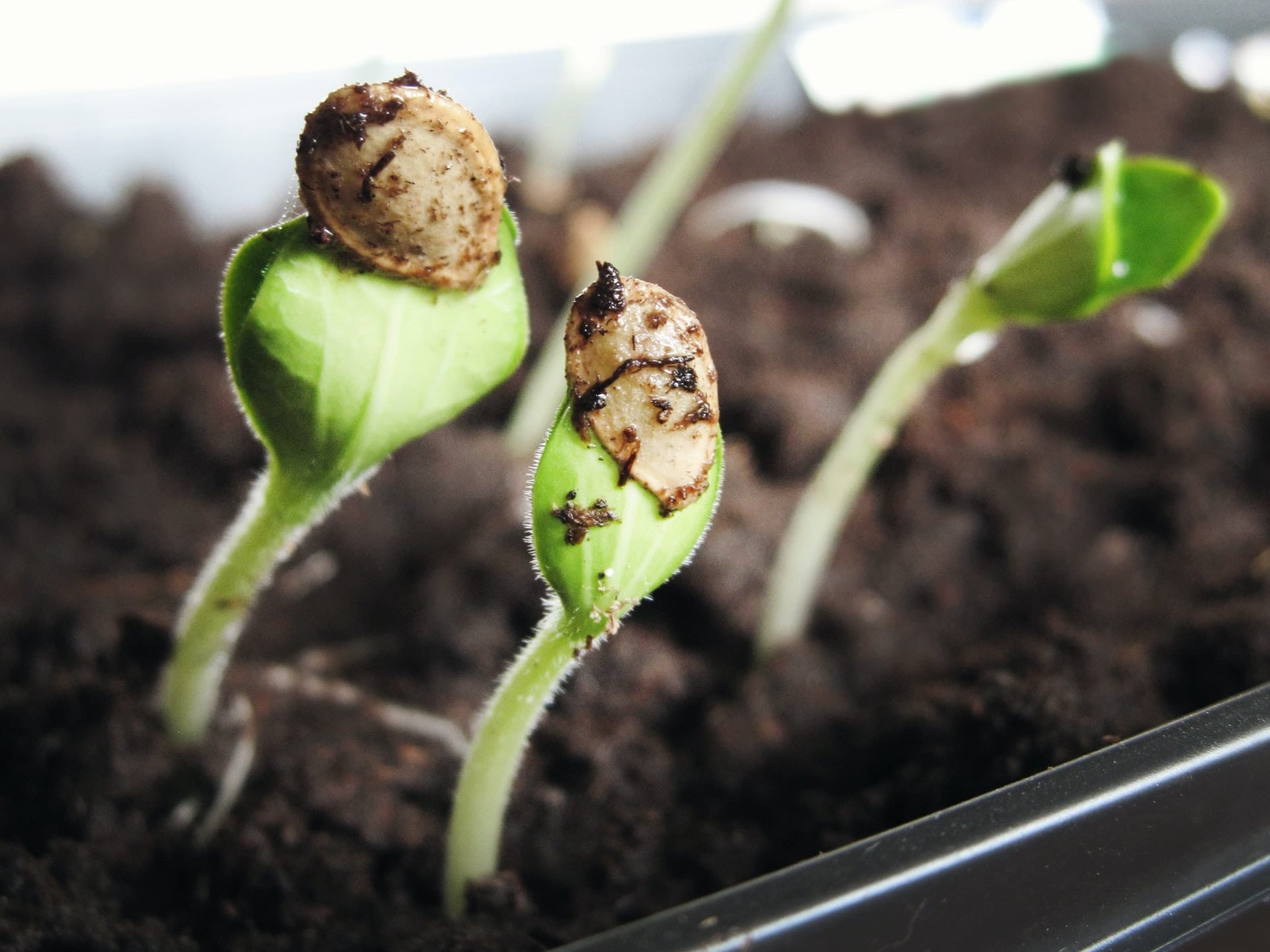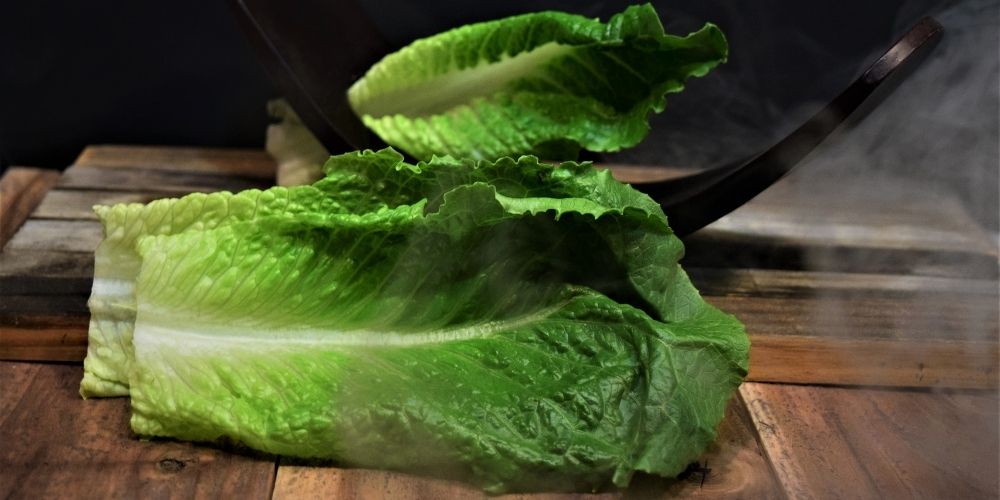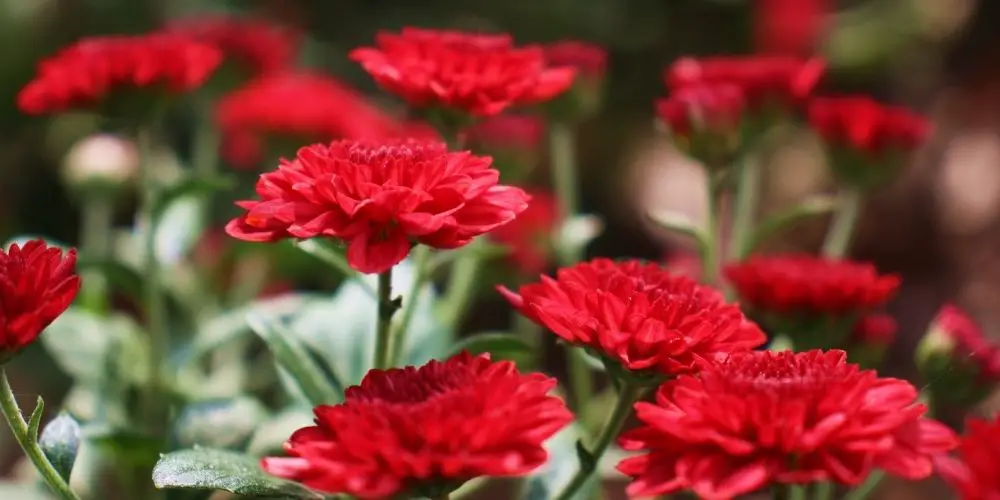Tilling is the cultivation of the soil by mechanical agitation of various types. The simplest and oldest method involves repeatedly dragging a heavy implement with a blunt, hardened mouldboard plowing the earth in an inverted T-shape. Still, more recent inventions such as the chisel plow may disturb the surrounding ground more when used.
1. Soil compaction and erosion
This occurs when tillage equipment passes over the soil surface in wet or dry conditions.
The primary reason is that cultivated soils are left with no crop residue cover to protect them from damage due to raindrop impact and water run-off. Heavy rains contribute to significant soil erosion.
2. Loss of soil organic matter
When soils are tilled, the organic matter is mixed into the mineral soil. The more ground is grown, the more its organic matter content declines. Organic matter is essential for healthy plant growth because it helps create good tilth and provides nutrients for soil organisms that are beneficial to plant growth.
It also improves water movement through the soil profile by enhancing the aggregation of soil particles, which reduces surface crusting. However, these benefits will diminish over time if tillage continues after crop residues have been removed or buried too deeply to decompose rapidly.
3. Reduction or loss of the warm season, deep-rooted plants
In general, these plants survive and thrive with minimal disturbance.
However, we often prevent their establishment by churning the soil into a hardpan during tillage operations and exposing it to excessive heat and drying winds in summer after the rains end in spring. This deprives both humans and animals of important winter forage.
4. Reduction in beneficial earthworms
Adults make permanent burrows when searching for food. Consequently, cultivation can tightly close up most of these caves; however, young worms may still be present in the soil. When cultivation occurs, they are destroyed.
5. Reduction or loss of soil organic matter
Organic matter is essential for healthy plant growth because it helps create good tilth and provides nutrients for soil organisms that are beneficial to plant growth.
It also improves water movement through the soil profile by enhancing the aggregation of soil particles, which reduces surface crusting. However, these benefits will diminish over time if tillage continues after crop residues have been removed or buried too deeply to decompose rapidly.
6. Loss of soil moisture
Studies have shown that water infiltration into soils is not restored within one year after tillage. This can be attributed to the formation of a hardpan. When this occurs, soil temperature increases, which reduces the activity of bacteria in the topsoil.
A lack of nitrogen-fixing microorganisms also results when cultivation occurs immediately after burning or clearing vegetation. Before their destruction by fire, these nitrogen-fixers had stored large quantities of nitrogen in nodules on their roots for later release to plants.
- Does hilling or mounding potatoes increase yield?
- Do Coffee Grounds Help Hydrangeas?
- Are eggshells good for hydrangeas?
7. Reduction in crop production due to irregular seed placement caused by plows and discs
Plows and discs dispense seeds into the soil, which allows for better seed-soil contact, but does not allow for adequate placement of the sources.
8. Loss of top growth
Stubble provides winter protection, feed for livestock, and habitat for wildlife. Animals feed on weed seedlings to reduce unwanted competition with crops; however, during periods of drought or high temperatures, this may be detrimental because it encourages weed infestation.
9. Difficulties associated with precision seeding
Precision seeding is challenging if surface residues are too thick to penetrate. Even when tilled into the residues at planting time, seeds can be covered too profoundly for good seed-soil contact, essential for plant growth.
This occurs especially when planting legumes or small grains.















